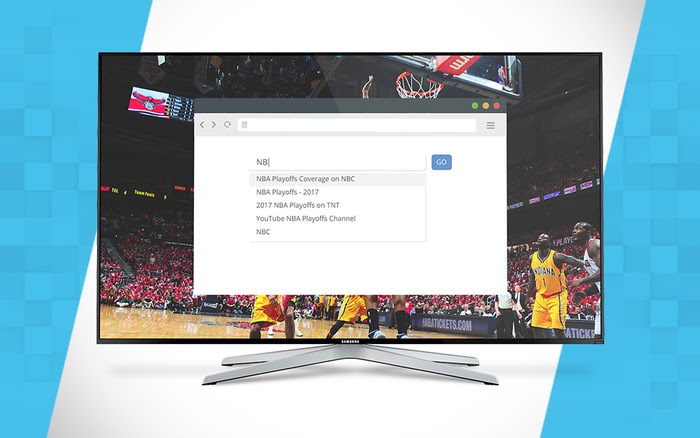How Apollo Group Tv can Save You Time, Stress, and Money.
How Apollo Group Tv can Save You Time, Stress, and Money.
Blog Article
The smart Trick of Apollo Group Tv That Nobody is Talking About
Table of ContentsTop Guidelines Of Apollo Group TvThe Buzz on Apollo Group TvA Biased View of Apollo Group TvApollo Group Tv Things To Know Before You Buy
In this situation, as opposed to having three-minute industrial areas during a 30-minute tv program, television programming may transform to one where a customer will be required to have a month-to-month subscription, to ensure that they cen view targeted banner advertisements. This sort of advertising and marketing currently occurs online, and the amount of data television business gather enables them to do similar.Explain the major fads among the broadcasting and cord networks. Popular radio shows such as authorities dramatization Dragnet and western cowboy collection Gunsmoke were adjusted for television, and brand-new Television shows were sponsored by single marketers, just as radio shows had actually been.
Today, the tv sector is far much more complex. Programs are sponsored by multiple marketers; programs is managed by significant media corporations; and the 3 significant networks no more dominate the airwaves but instead share their customers with various wire networks. A number of variables account for these trends within the industry, including technological advancements, federal government policies, and the development of new networks.

Top Guidelines Of Apollo Group Tv
Developed in 1969, (PBS) created out of a report by the Carnegie Compensation on Educational Television, which checked out the duty of academic, noncommercial tv on society. Public television was also intended to offer universal access to tv for viewers in country locations or customers who can not manage to pay for exclusive television services.
The period in between 1950 and 1970 is historically identified as the. Apart from a tiny part of airtime regulated by public tv, the three significant networks (understood as the Big 3) controlled the television sector, collectively making up more than 95 percent of prime-time watching. In 1986, Rupert Murdoch, the head of multinational business News Corp, introduced the Fox network, testing the prominence of the Big 3.
Targeting young and minority target markets with shows such as Buffy the Vampire Slayer, Moesha, Dawson's Creek, and The Wayans Bros., the brand-new networks intended to draw stations away from their old network affiliations. However, as opposed to repeating the success of Fox, UPN and WB battled to make an impact. Not able to draw in several associate stations, both new networks got to less houses than their larger competitors since they were impossible in some smaller sized cities.
This decision led the way for the development of wire film channels, adding to the rapid growth of cord in the 1980s and 1990s. apollo tv. Further deregulation of cable television in the 1984 Wire Communications Plan Act removed constraints on wire rates, making it possible for operators to bill what they wanted for cord solutions as long as there was reliable competition to the service (a requirement that over 90 percent of all wire markets might fulfill)
An Unbiased View of Apollo Group Tv

Having actually created the very first "superstation," Turner expanded his realm by founding 24-hour information network CNN in 1980. At the end of the year, 28 national programs solutions were offered, and the cord change had actually begun. Over the next years, the sector went through a duration of fast development and appeal, and by 1994 audiences could pick from 94 standard and 20 costs cord solutions.
Figure 9 - https://www.imdb.com/user/ur189808969/?ref_=nv_usr_prof_2.16 Boosted competition from wire networks has actually created a stable decline in the networks' audience scores. During the 1950s, the cost of producing a solitary tv show boosted as shows ended up being much longer and production costs rose. Sponsorship on great post to read network television changed from single sponsorship, in which a program was entirely supported and produced by one marketer, to several sponsorship, in which advertisers got 1- or 2-minute spots on the show
Pick one of the Big Four networks and publish out its once a week programming timetable. View the network's prime-time programs over the program of a week, noting the target demographic for each program.
How Apollo Group Tv can Save You Time, Stress, and Money.

Straight TV, typically referred to as typical program TV, encompasses cord and satellite tv., think of it as the classic method of enjoying Television that has been around for decades.
Report this page